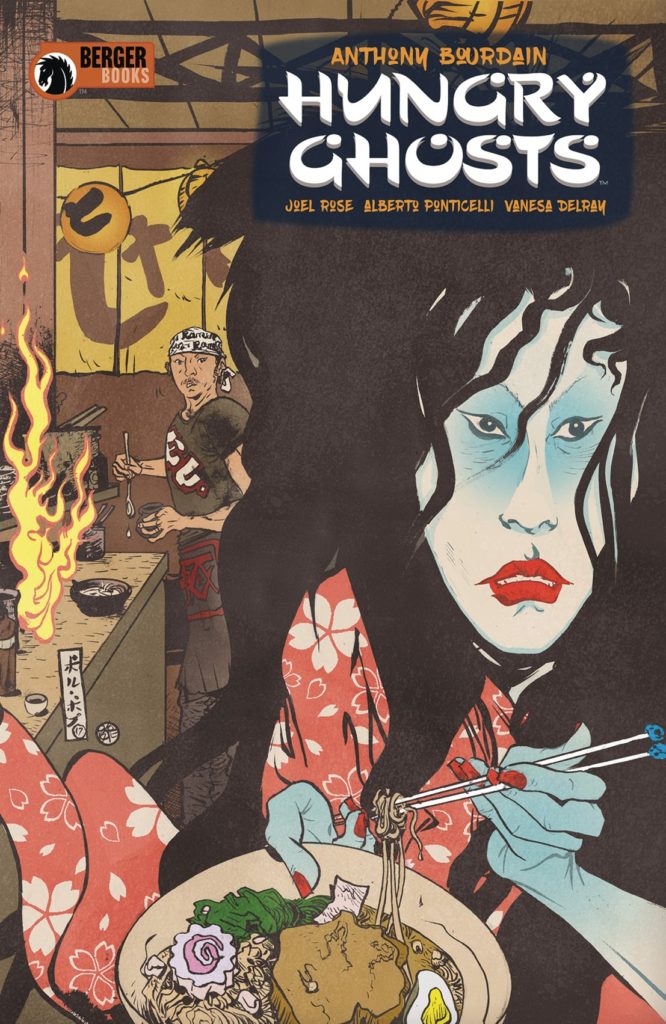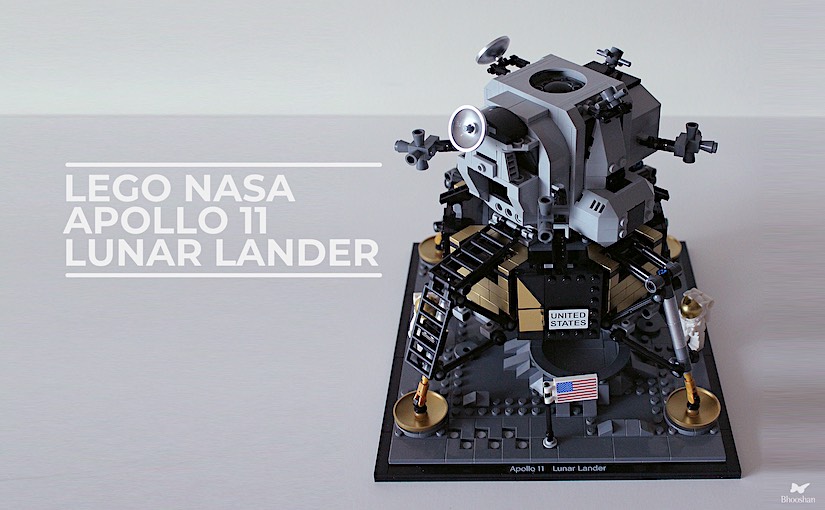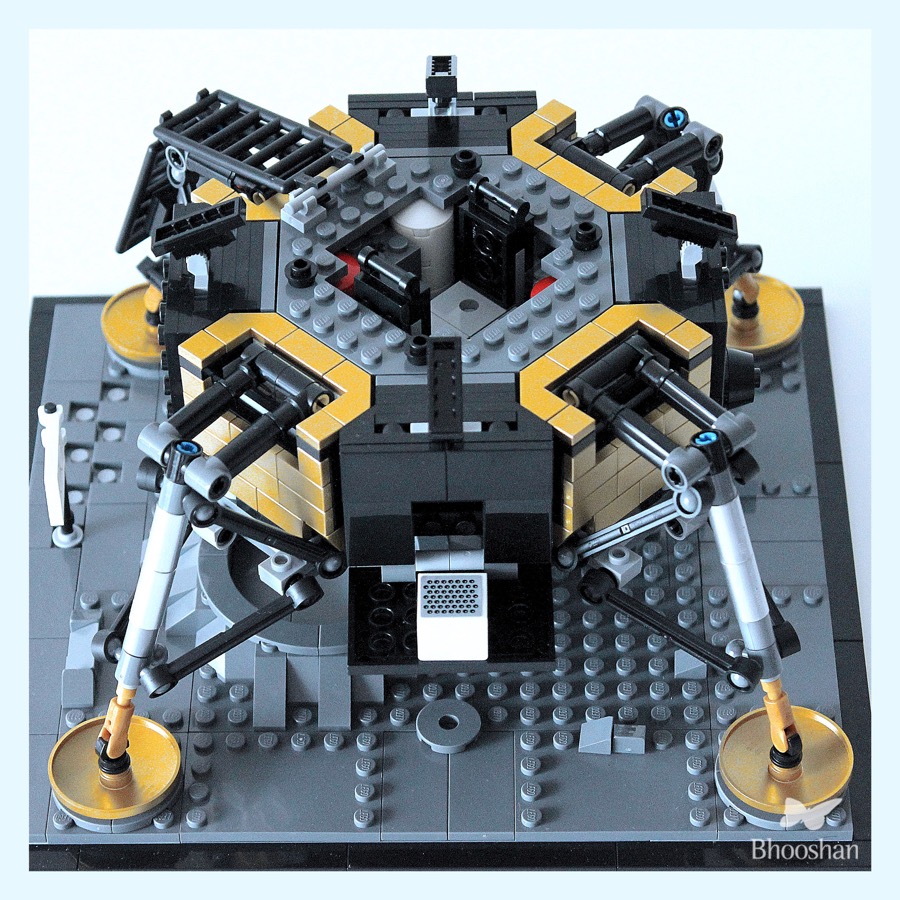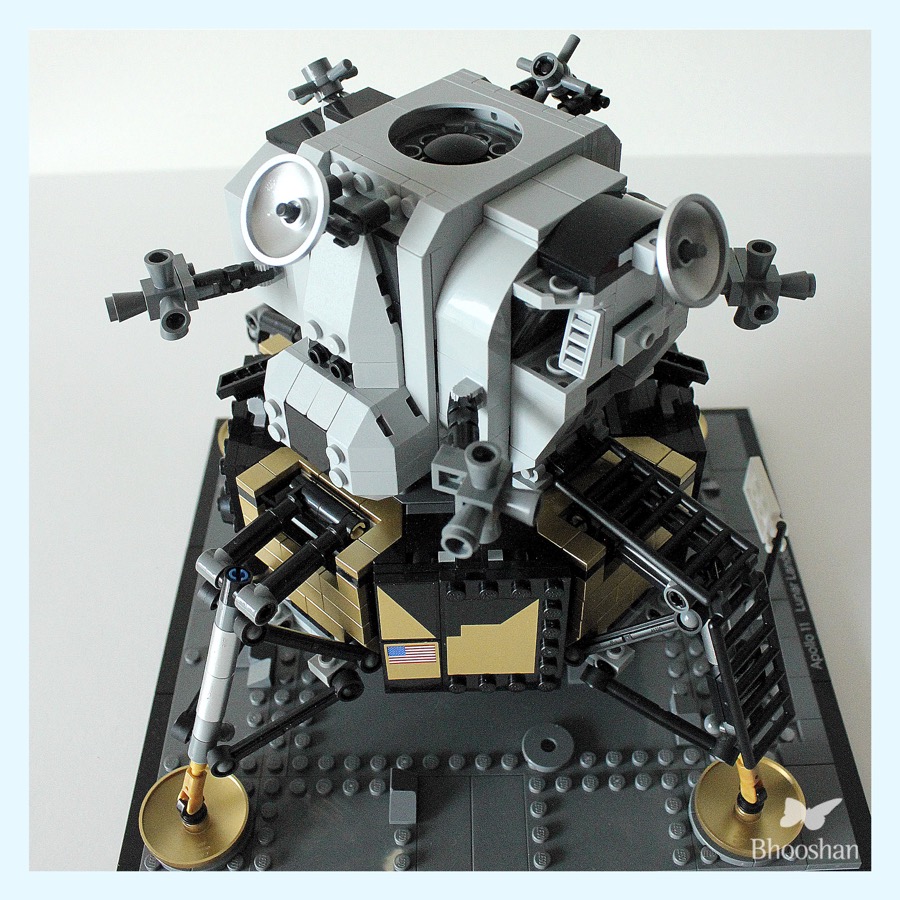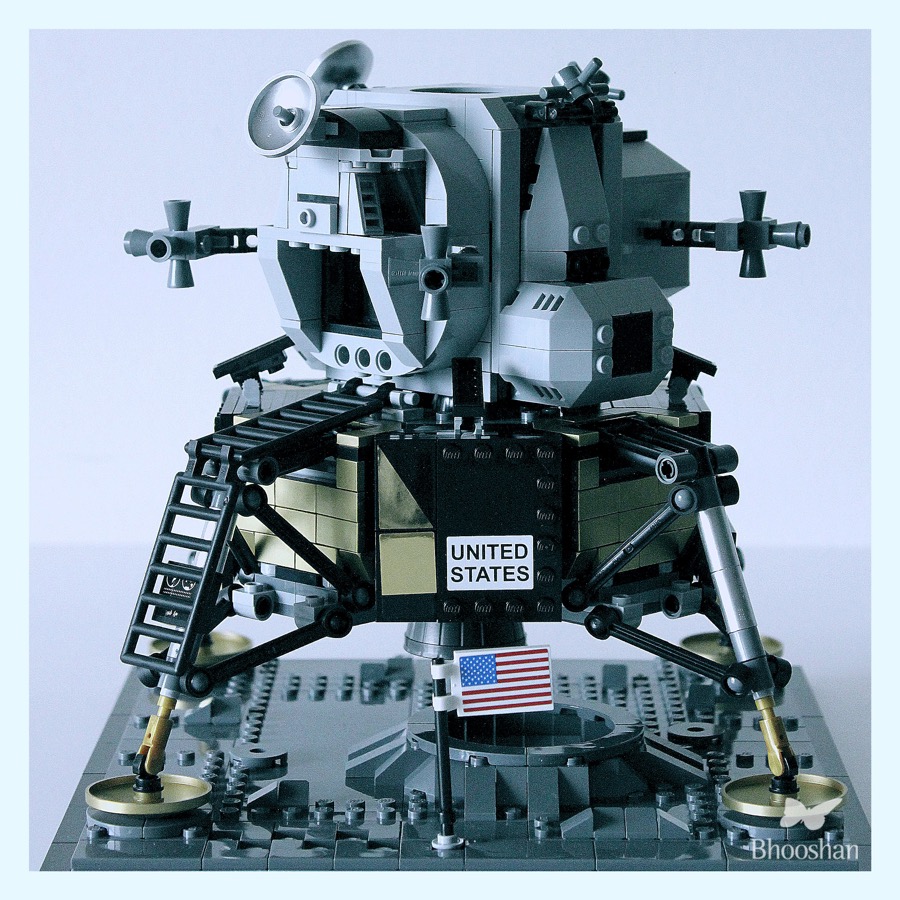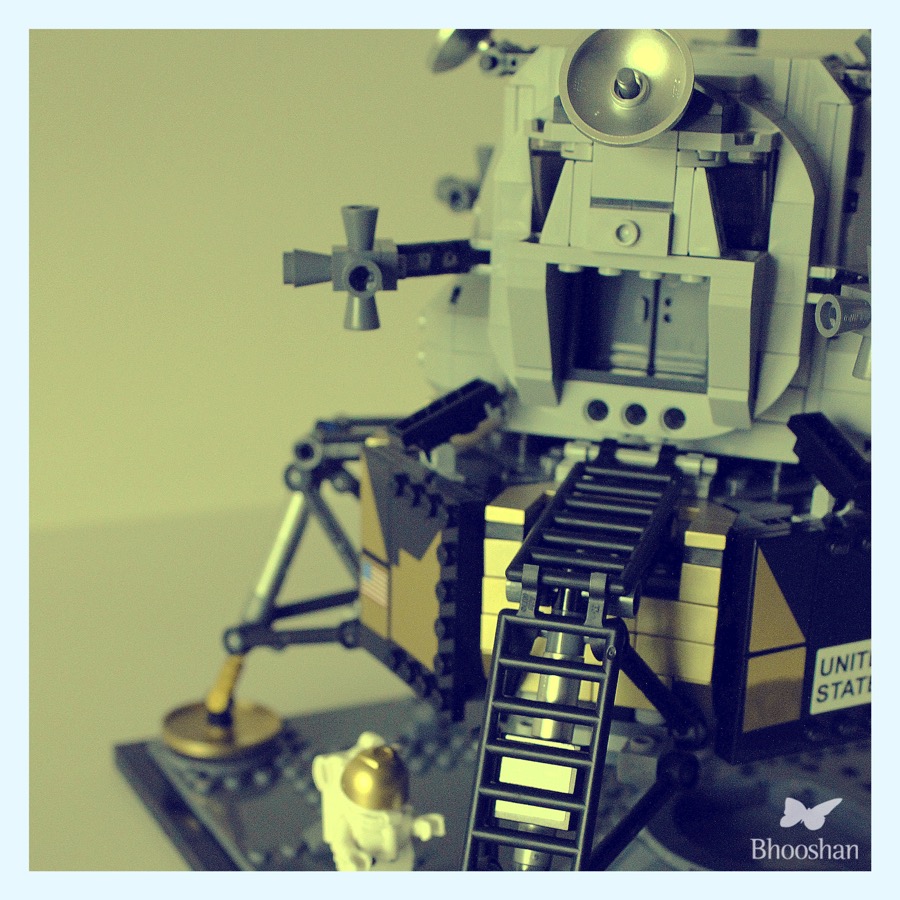What better occasion to reminisce about the glory of our great nation than on Canada Day! Well, today marks the 152nd anniversary since the creation of the Dominion of Canada on July the 1st, 1867. It was referred to as ‘Dominion Day’, until 1982 when we started honouring it as ‘Canada Day’ after the passage of the Canada Act.
On this road to prosperity and material progress, our ancestors — thinkers, sportspersons & athletes, scientists, explorers, academicians, and entrepreneurs, strived harder shoulder to shoulder to achieve higher success in their respective domains, including science and technology, medicine, business, space, in the process producing world-class knowledge base so our future generations could advance their capabilities, learn and continue to proudly and securely build the country of our dreams. This is one reason Canadian inventions, products and technologies enrich millions of lives every single day and will continue to do so. In summing up my emotion, the responsibility of safeguarding the prosperity and the diversity of our country rests upon all my Canadians working together in facing the challenges of our collective destiny. Everyone must endeavour for a strong and free Canada. That, for me, is the essence of being a true Canadian.
On this Canada Day, I thought I’d collect 8 mind-blowing facts about our nation depicting our vast diversity from coast to coast:
- Winnie the Pooh came from Canada. Back in 1915, there was a bear cub named Winnipeg who got transferred from Canada to the London Zoo. A little boy named Christopher Robin Milne loved visiting Winnipeg. His father happened to be A A Milne who got inspired and wrote Winnie the Pooh.
- Canada’s official motto is A Mari usque ad Mare, which translates as “From Sea to Sea.” It comes from the Bible’s Psalm 72:8 which the King James version puts it into English: “He shall have dominion also from sea to sea, and from the river unto the ends of the earth.” This verse was applied to Canada on the suggestion of Sir Samuel Leonard Tilley to represent the geographical reach of the country.
- Canada shares the longest international border in the world with the United States. And despite being invaded by the US twice — in 1775 (Battle of Quebec) and in 1812 (War of 1812), it’s the world’s longest undefended border with only civilian law enforcement present.
- Jacques Cartier was invited by Iroquois natives to their “Kanata” meaning “village” or “settlement” in the local dialect. Because of how often they used the term Cartier assumed it was the name of the country was “Kanata”, or Canada as we now call it.
- Canada is home to one of the largest national parks in the world, the Wood Buffalo National Park which traverses the province of Alberta and the Northwest Territories. It measures 17,300 square miles or 44,807 square kilometres. That area is 1360 square miles or 3522.38 square kilometres larger than the total area of Switzerland! The park is also home to one of the largest remaining populations of the wild bison and is a natural nesting place of the whooping crane.
- Canada has more oil than you think — an estimated 176.8 billion recoverable barrels. It’s called crude bitumen, a semi-solid source of petroleum, and it’s available in abundance in Canada’s oil sands in the provinces of Alberta and Saskatchewan. About 96 per cent of Canada’s oil reserves is located in the oil sands making it the third largest oil reserves in the world.
- The Trans-Canada Highway between Victoria (BC) and St. John’s (NF) is the world’s longest national highway with a length of 7,821 km (4,860 mi). Unfortunately, the highway does not pass through the Yukon, Northwest Territories or in Nunavut (nor in Newfoundland’s Labrador). And last but not least…
- On April 20 1980, Terrance Stanley “Terry” Fox started his east to west cross-Canada run called ‘Marathon of Hope’, from St. John’s NL to Victoria BC, to raise funds for Cancer research. He had his right leg amputated because of bone cancer in 1977. Regrettably, after running 5,373 kilometres in 143 days — he’d run the equivalent of full-marathon (42km) distance every day, Fox was forced to stop running outside Thunder Bay, Ont. because cancer appeared in his lungs. He passed away in 1981 at age 22!
Wishing every Canadian on this planet and beyond, a Happy Canada Day!
Sources:



